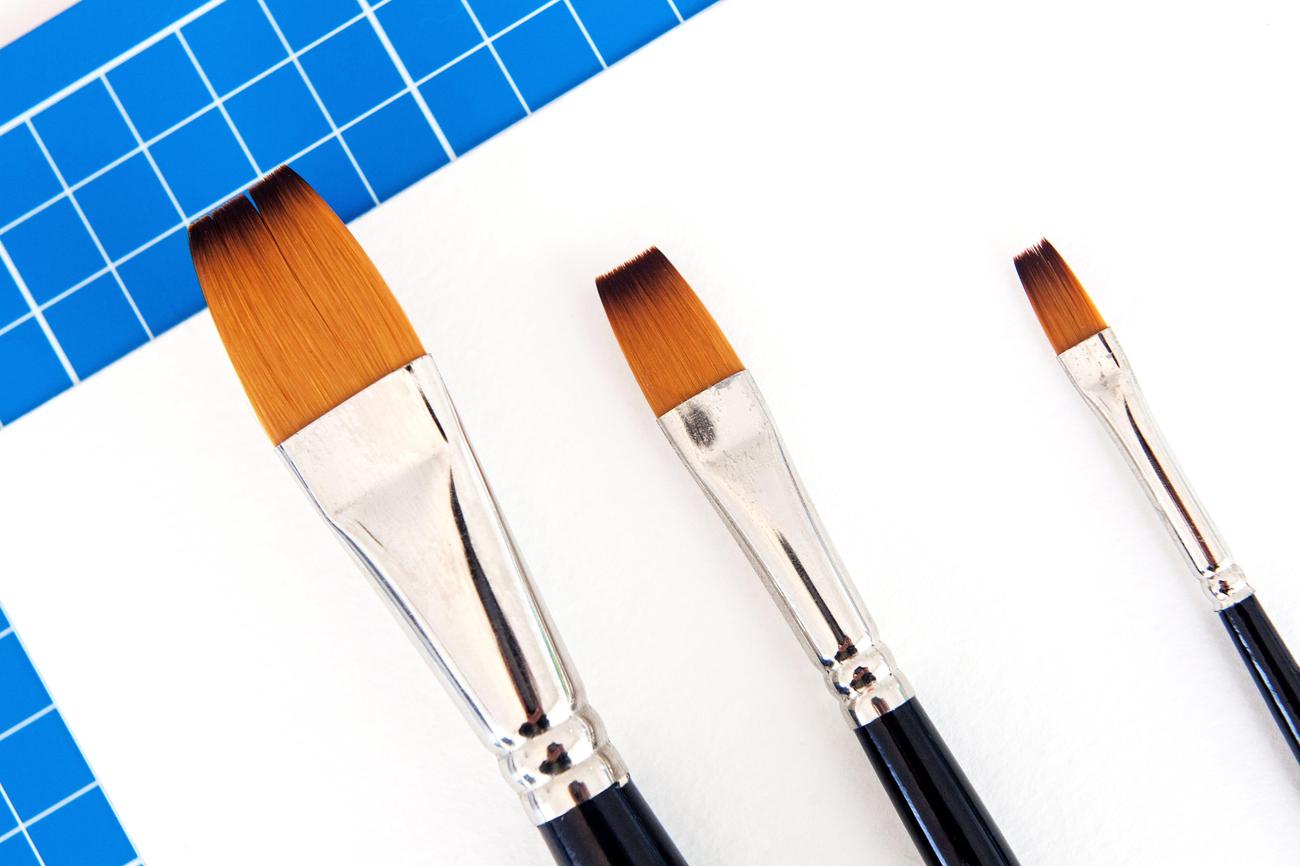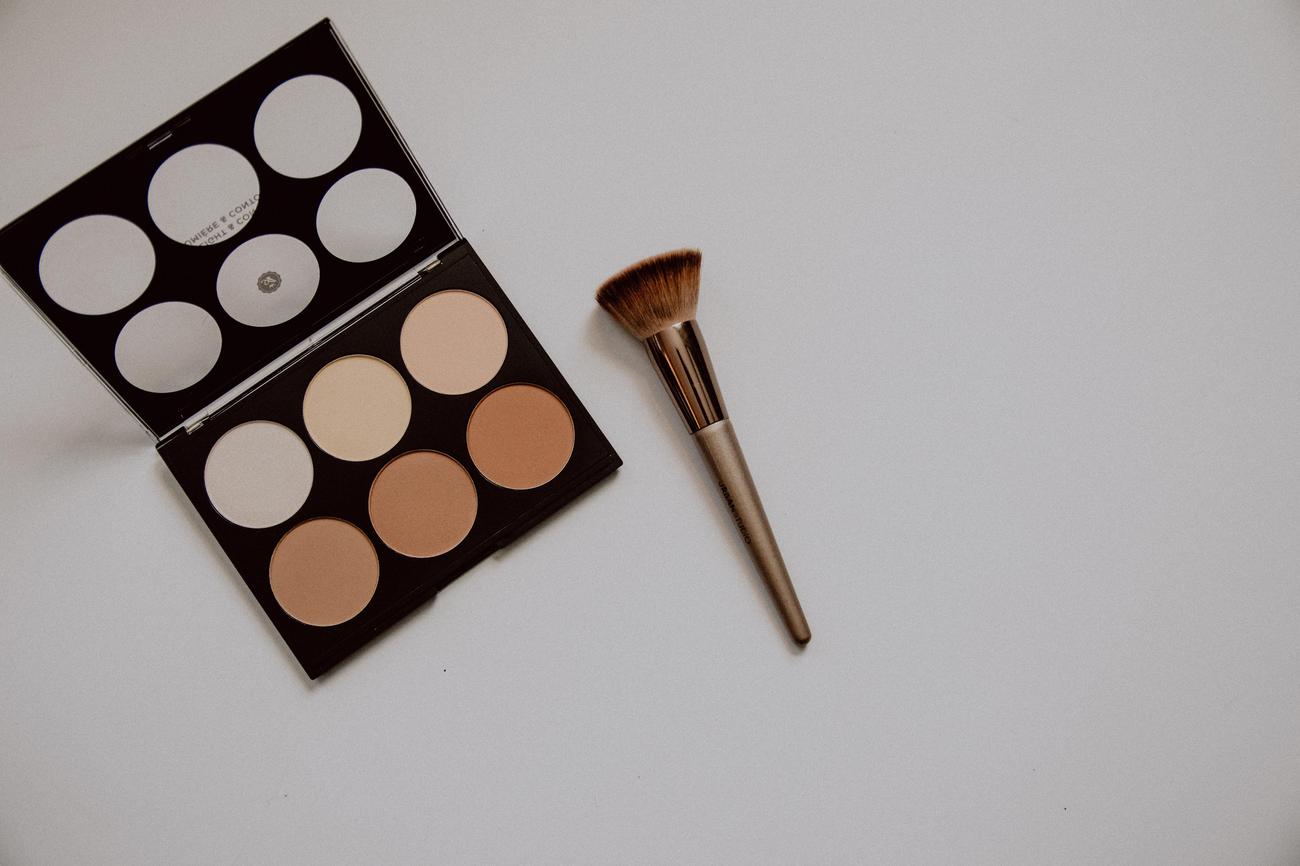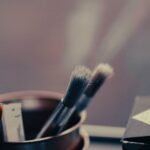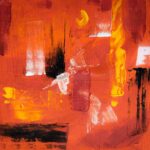Are you prepared to discover the undisclosed mysteries of paintbrushes and delve into the realm of art? Anticipate to be astounded as we delve into intriguing facts regarding these modest yet potent instruments. There is much to uncover, ranging from the influence of various materials on artistic techniques to the intricate designs they exhibit. As an accomplished writer with a profound interest in artistic matters, I have conducted an in-depth investigation into paint brushes, employing my meticulous attentSo to detail and extensive research to present thought-provoking perspectives. Prepare yoworld—paint enlightening exploration of paintbrushes, the unsung champions of the artistic world.

Fascinating Facts About Paint Brushes
A compilation of intriguing details pertaining to paint brushes follows:
The unacknowledged champions of the artistic community are paintbrushes. These instruments are indispensable for the creation of breathtaking works of art and the embellishment of our living spaces due to their adaptability and precision.
For a variety of purposes, paintbrushes are constructed from a selection of materials, sizes, and shapes. A brush exists for each artistic technique, ranging from broad, flat brushes utilized to cover extensive areas to fine-tipped brushes employed to capture intricate details.
An intricate procedurepaintbrushd in the construction of a paintbrush. A ferrule immobilizes bristles, which may be constructed from synthetic or animal fiber. Overall efficacy of the brush is significantly impacted by the quality of these components.
Ancestral periods mark the beginning of the paintbrush’s history. Ancient civilizations applied paint and pigment using scraps of bone, leaves, or sticks, laying the groundwork for the development of contemporary brushes, the precise invention of which is unknown.
Multiple elemepaintbrushce the selection of a paintbrush. The quality and efficacy of a paintbrush are influenced by various factors, including filament retention, paint uptake, brush mark stability, drag, and painting precision. Brushes must be formulated differently for each surface and application.
When compared to natural hair brushes, synthetic brushes possess specific merits. These items are typically more resilient and simpler to maintain. In contrast, specific painting techniqubristlesbetter satted for natural hair brushes, especially those constructed from hog bristle.
Numerous procedures are traversed during the production of paintbrushes. Completing brushes to their designated functions requires thcreatingesses of mixing, shaping, trimming, and completing.
To make things easier to digest, here’s a quick table outlining the main points:
| Fascinating Facts About Paint Brushes |
|---|
| Paint brushes are made by clamping bristles to a handle with a ferrule. |
| They come in different sizes, shapes, and materials for different purposes. |
| The bristles can be made of animal hair, particularly hog bristle, or synthetic materials. |
| The quality of paint brushes can vary based on several factors. |
| The history of paint brushes dates back to ancient times. |
| Different types of paint brushes are designed for specific applications and surfaces. |
| Synthetic brushes have certain advantages over natural hair brushes. |
| The manufacturing process involves mixing, shaping, trimming, and finishing. |
In conclusion, paint brushes are much more than mere tools in the world of art and decoration. Their construction, materials, history, and specialized designs make them valuable assets for creating awe-inspiring masterpieces or transforming our living spaces into works of art. So next time you pick up a paint brush, remember the fascinating facts that contribute to its artistic efficacy!
Painting is not just about applying colors to a canvas; it’s an art form that requires various tools and techniques. One tool that often goes unnoticed but plays a crucial role in painting is the paintbrush. Fun Facts About Paint Brushes are something every art enthusiast should know. Did you know that paintbrushes have been around for centuries, with evidence of their use dating back to ancient civilizations? These versatile tools come in different shapes and sizes, each designed to achieve specific effects on the canvas. If you want to dive deeper into the fascinating world of paintbrushes, check out our collection of Fun Facts About Paint Brushes. You’ll be amazed at how much there is to learn about these seemingly simple yet essential tools. So, grab your favorite brush and get ready to discover some intriguing insights into the world of painting. Click here to uncover the Fun Facts About Paint Brushes: Fun Facts About Paint Brushes.
FAQ
How are paintbrushes constructed?
A ferrule is utilized to secure filaments to the handle of a paintbrush. The bristles may be constructed from synthetic materials or animal fiber, specifically hog bristles. Paintbrush quality is contingent upon the filament, ferrule, and handle components. The manufacturing procedure for the brushes consists of mixing, shaping, trimming, and completing.
What purpose do the various varieties of paintbrushes serve?
Decorators’ brushes are utilized for adorning and painting, while artists’ brushes are employed for creating visual art. An assortment of paintbrush varieties are engineered to cater to particular surfaces and applications. Surface, paint substance, and desired effect are all factors to consider when selecting the proper paintbrush.
What are the benefits of synthetic hair brushes in comparison to natural hair brushes?
Syntheticir brushes possess specific benefits in comparison to natural hair brushes. In general, they exhibit greater durability and require less effort to sanitize. In addition to having consistent performance characteristics, synthetic brushes have a reduced propensity for filament loss.
What characteristics establish the standard of a paintbrush?
A multitude of elements influence the character of a paintbrush. The aforementioned factors encompass filament retention, paint pickup, paint release stability, brush traces, drag, and painting precision. The materials utilized, in addition to the design and construction of the brush, all contribute to determining its quality.
What is the historical background of paintbrushes?
Thentbrush history dates back to antiquity, although the precise date of their invention is unknown. Utilizing twigs, bone fragments, or leaves as brushes, the earliest brushes applied pigment and paint. As a result of the development of brush-making techniques over time, there are now an extensive selection of brush designs and materials available for various painting techniques and purposes.
- Mastering Leader in Spanish: The Complete Guide - April 19, 2025
- Uncovering Surprising Parallels: England Size Compared to US States - April 19, 2025
- Old Mexico Map: Border Shifts 1821-1857 - April 19, 2025
















